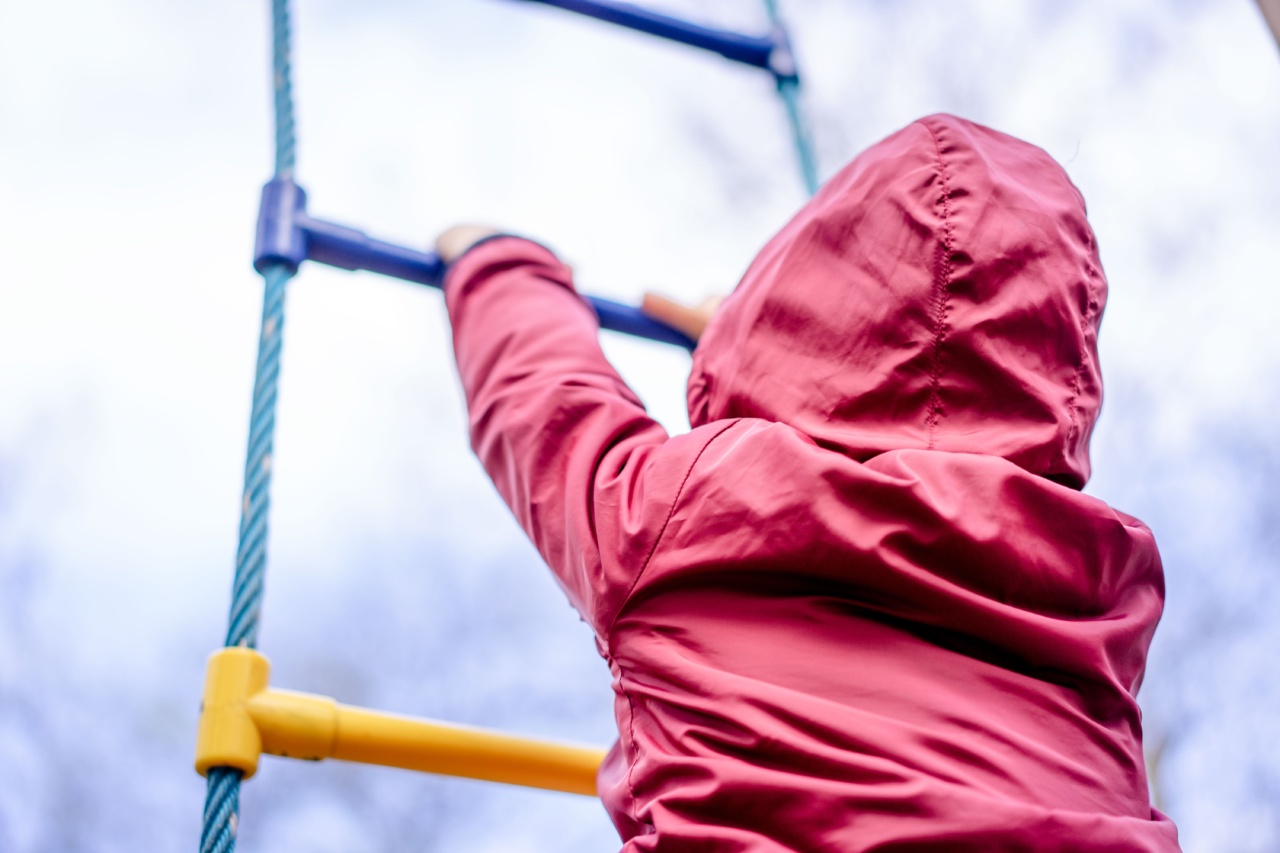Hyperactivity in children can be a significant challenge for parents and caregivers. Hyperactivity is characterized by excessive activity, impulsivity, and difficulty in paying attention to tasks at hand.
This condition is commonly referred to as ADHD or Attention Deficit Hyperactivity Disorder. ADHD can present itself in different ways in children, including inattentiveness, hyperactivity, and impulsiveness. Children with ADHD often face difficulties in school, social relationships, and personal well-being.
Understanding the risks and challenges associated with hyperactivity in children is critical to identifying the signs of ADHD and providing effective interventions for children who experience it.
Understanding the risks of hyperactivity in children
Hyperactivity in children can interfere with their cognitive and emotional functioning. Children with hyperactivity disorder may struggle with learning and memory impairments, social skills deficits, and behavioral problems.
The consequences of this disorder can carry over into adulthood, including an increased risk for developing anxiety, depression, and substance abuse problems. The effects of hyperactivity disorder on children can have a severe impact on their long-term development and well-being, which makes early identification and treatment of ADHD crucial for their success.
The challenges of dealing with hyperactivity in children
Dealing with hyperactivity in children can be challenging for parents and caregivers alike. Children with ADHD are often easily distracted, impulsive, and lacking in the ability to control their behaviors.
These characteristics can lead to difficulties with their relationships, academic performance, and other areas of their lives. Additionally, children with ADHD require intensive behavioral intervention to help them learn coping skills that will help them manage their symptoms, which can involve a significant amount of time and effort from parents and caregivers.
Early identification is key
Early identification of ADHD in children is critical to their success. There are many different signs and symptoms of ADHD, and no two children are the same. However, some common indicators of ADHD include the following:.
- Inattention
- Hyperactivity
- Impulsivity
- Difficulty with focus and concentration
- Difficulty with organization
- Forgetfulness and disorganization
If you suspect that your child may have ADHD, it is important to speak with your child’s healthcare provider.
There are many different interventions and treatments available for children with ADHD that can help them manage their symptoms and improve their quality of life.
Interventions for children with hyperactivity
There are several different interventions and treatments available for children with hyperactivity disorder. Some of the most effective treatments for ADHD include behavioral interventions, medication, and dietary changes.
Behavioral interventions, such as parent training and cognitive-behavioral therapy, can be helpful in teaching children how to manage their symptoms and improve their academic and social functioning. Medications can also be beneficial in reducing symptoms of ADHD, but medications can have side effects, and it is important to work with your child’s healthcare provider to find the right medication and dosage for your child.
Dietary changes, such as eliminating artificial colors and preservatives and increasing omega-3 fatty acids, can also be a beneficial intervention for children with ADHD.
Effective strategies for parents and caregivers
Parents and caregivers of children with ADHD face many challenges. However, there are several effective strategies that can help them manage their child’s hyperactivity and improve their quality of life, including the following:.
- Develop a routine for your child that includes scheduled breaks, meals, and bedtimes.
- Encourage physical activity and exercise, which can help reduce hyperactivity and improve mood.
- Monitor your child’s screen time and limit the use of electronic devices, which can increase inattention and hyperactivity.
- Set clear boundaries and expectations for your child’s behavior and be consistent in enforcing them.
- Provide praise and positive reinforcement for your child’s achievements and progress.
- Seek support from others, including family, friends, and healthcare providers.
Conclusion
Hyperactivity in children can be a significant risk to their cognitive and emotional development. Understanding the risks and challenges associated with hyperactivity in children is essential to providing effective interventions and treatments.
Parents and caregivers play a crucial role in managing their child’s ADHD and improving their quality of life. By working with healthcare providers, developing effective strategies, and utilizing the right interventions and treatments, children with hyperactivity disorder can learn to manage their symptoms and thrive in their personal and academic lives.






























